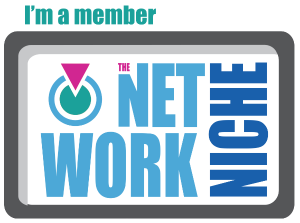Happy Tuesday, and Happy Earth Day!
In today’s largely team-based corporate environments, leadership appears to be a constant requirement…even, and especially when, we are not exactly the Boss. Here you are, in a team of smart, ambitious, competitive team players, being assigned the responsibility to lead the team through a given project…only to be left wondering how in the world you can possibly act like the boss without the Boss title, experience or incentives for that matter…
I experienced this quite a bit in Big Accounting, where teams were assigned in hierarchical order, with staff led by Senior auditors, who in turn are led by Managers, and so forth and so on. While these reporting lines were most of the time informal and certainly blurry at times, they were still there to indicate some sort of an order to follow, even if titles, responsibilities and salaries were not necessarily aligned with them. It also had the benefit of teaching us, even as we just started out in the business, to lead, not necessarily from a place of existing authority, but rather from a place of acquired authority.
So how does one lead when one is NOT the boss? Especially when it comes to corporate sisters and minority women in the workplace who unfortunately tend to be perceived as having less authority in the workplace?
- Give others a voice: An important, and often overlooked aspect of leadership, is the ability to give others a voice. This becomes especially important in a team of peers where authority needs to be established and respect earned first. Start by listening to other members of the team, giving them the floor at first.
- Structure the conversation: The real challenge in leading a team in a subtle, understated yet effective way is to organize the conversation that inevitably ensues. Ideas will flow left and right, opinions will form, and while as a peer leader, you are stilt trying to establish your authority, you will need to digest this information and return it to your audience in a structured way, so as to assign each and everyone’s responsibilities accordingly. Your vantage point here is that since you would have been using the team’s ideas to create a structured workflow, the whole team is effectively leading the project…through you!
- Now YOU call the shots! Once everyone has been given a voice, and all ideas have been considered to create a structured, organized and effective workflow that the majority of the team is in agreement with, the hardest part of the work has been done. And now your authority has hopefully been established as a leader who can bring effective consensus! At this point, and after stepping to the side to let everyone speak up, it is time to get back to the forefront and call the shots! Executive decisions like assigning responsibilities, monitoring the progress of the project, and reporting status updates to upper management are yours! Time to shine!
How do you lead when you’re not the boss?
The Corporate Sister.







